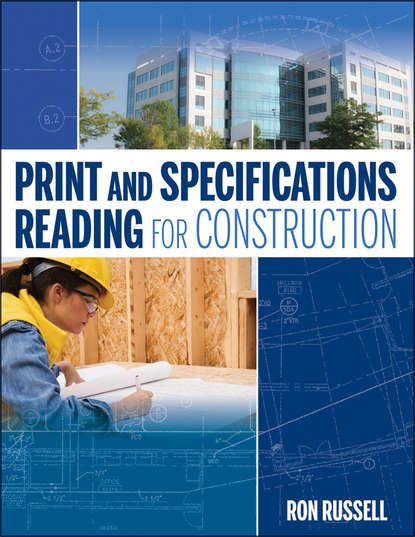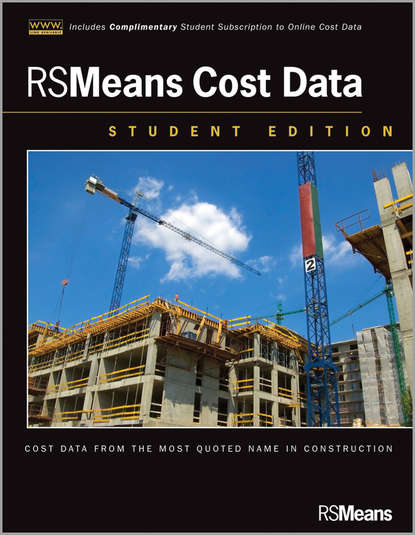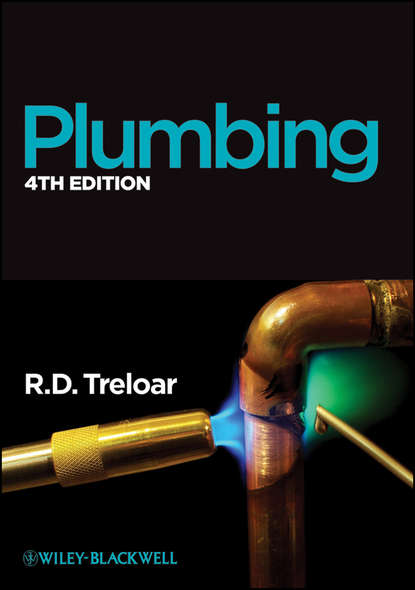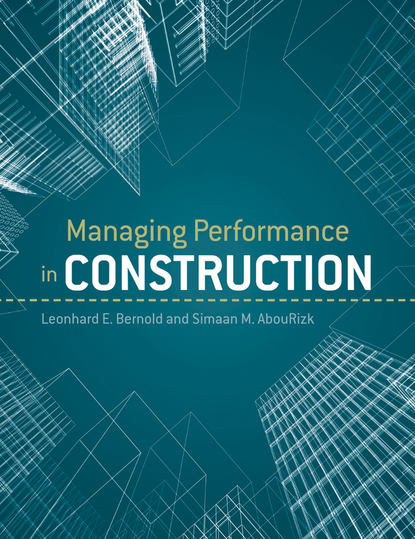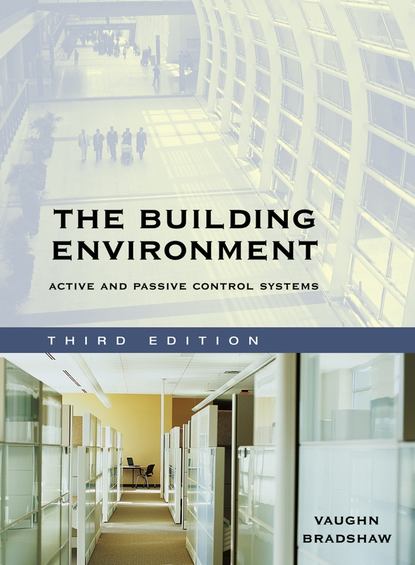Книга "Performance Based Building Design 2. From Timber-framed Construction to Partition Walls" посвящена проектированию зданий на основе их функциональных характеристик. Ранее этот подход был малоизвестен до энергетических кризисов 1970-х годов, когда появилась необходимость повышения энергоэффективности зданий. Термин "производительность" охватывает все физические свойства и качества здания, которые можно предсказать на этапе проектирования и контролировать во время и после строительства. Для предсказания необходимы расчетные инструменты и физические модели, а для контроля - методы измерения, доступные на месте. Основой для системы массивов производительности являются функциональные требования, потребности в доступности, безопасности, благополучии, долговечности, энергоэффективности и устойчивости, а также требования, накладываемые на использование здания. Второй том книги охватывает легкие конструкции с элементами дерева и металла, кровельные системы, фасады и заканчивается отделкой и общим анализом рисков. Большинство глав построены по одной и той же схеме: обзор, общая оценка производительности, проектирование и строительство. Рекомендуется студентам и аспирантам архитектурных и строительных инженерных специальностей, а также инженерам-строителям, желающим обновить свои знания. Уровень обсуждения предполагает у читателя глубокие знания в области физики зданий, а также фон в области строительного материаловедения и строительства. Подход и литература, использованные в книге, международны, поэтому каждая глава заканчивается списком ссылок и литературы.
Performance Based Building Design, Volume 2: From Timber-Framed Construction to Partitions, is the second in a series of publications covering under a single volume current strategies and techniques for building design. This second volume focuses on light-weight building structures with wood and metal parts, insulating roofs, glazing, cladding, painting, and finishes as well as general performance reviews.
Электронная Книга «Performance Based Building Design 2. From Timber-framed Construction to Partition Walls» написана автором Hugo S. L. Hens в году.
Минимальный возраст читателя: 0
Язык: Английский
ISBN: 9783433602485
Описание книги от Hugo S. L. Hens
Just like building physics, performance based building design was hardly an issue before the energy crises of the 1970ies. With the need to upgrade energy efficiency, the interest in overall building performance grew. The term «performance» encompasses all building-related physical properties and qualities that are predictable during the design stage and controllable during and after construction. The term «predictable» demands calculation tools and physical models that allow evaluating a design, whereas «controllable» presumes the existence of measuring methods available on site. The basis for a system of performance arrays are the functional demands, the needs for accessibility, safety, well-being, durability, energy efficiency and sustainability and the requirements imposed by the usage of a building. In continuation of Vol. 1 this second volume discusses light-weight construction with wooden and metal elements, roofing systems, facades, and ends with finishes and the overall risk analysis. Most chapters build on a same scheme: overview, overall performance evaluation, design and construction. The work is absolutely recommended to undergraduates and graduates in architectural and building engineering, though also building engineers, who want to refresh their knowledge, may benefit. The level of discussion assumes the reader has a sound knowledge of building physics, along with a background in structural engineering, building materials and building construction. Where and when needed, input and literature from over the world was used, reason why each chapter ends listing references and literature.








